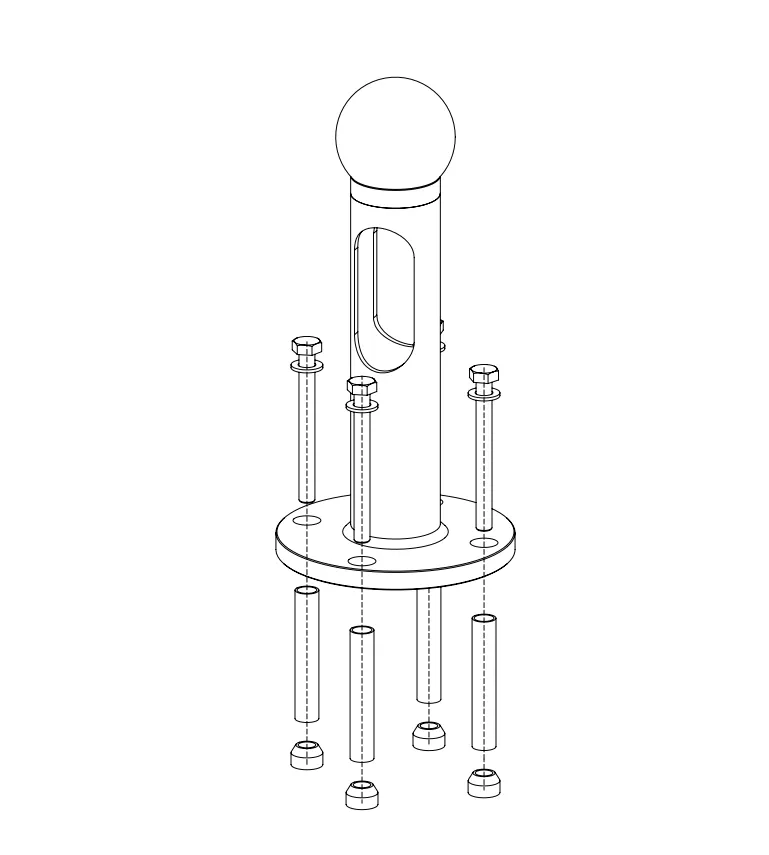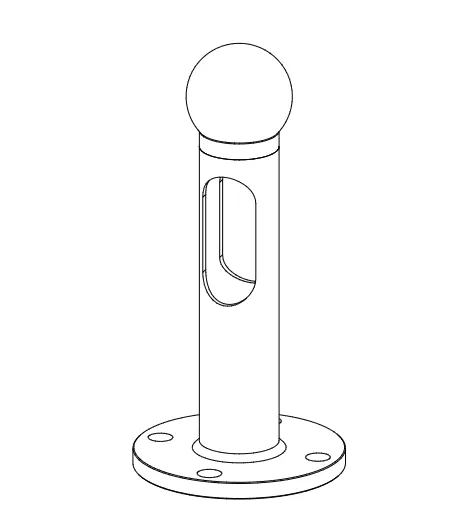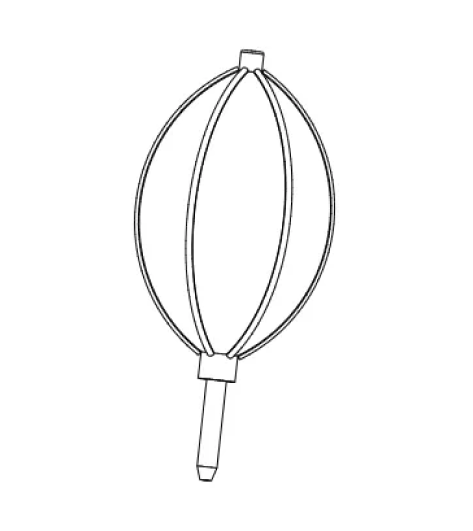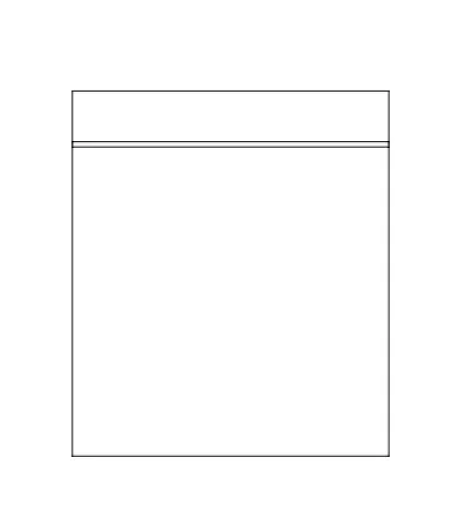Calibration Sphere User Guide (EIH)
This section provides usage instructions for the calibration spheres used in the EIH vision system to correct the accuracy drift.
Package Contents
The package list for the calibration spheres is as follows.
|
| No. | Accessories | Illustration |
|---|---|---|
1 |
(Calibration sphere with a diameter of 60 mm + calibration sphere mount) * 3 |
|
2 |
Soft nozzle air blower * 1 |
|
3 |
|
|
Mounting Diagram
As shown in the diagram below, use expansion bolts to secure the calibration sphere and the mount to the ground.
|

Maintenance
Before collecting the calibration sphere poses, the following checks must be performed at least once.
Looseness Check and Handling
Check for Looseness
-
Examine the surface of the calibration sphere for visible scratches, dents, stains, or other physical damage.
-
Check the fastening marks (usually paint lines or markings) on each calibration sphere mounting bolt to identify the following issues:
-
Are the marks still clearly visible?
-
Have the marks shifted or broken, indicating that the bolts might be loose?
-
|
If any abnormalities are found, they should be recorded and reported to the relevant personnel for handling. |
Handling Looseness
If the calibration sphere is found to be loose or displaced, follow these steps:
-
Find and fix the cause of the looseness, and then fasten the calibration sphere.
-
Run the robot auto-correction program to re-collect calibration sphere poses and generate the drift correction data.
-
Test whether the robot can accurately pick all the target objects.
-
If the robot can accurately pick all the target objects, the process can be completed.
-
If the robot cannot accurately pick all target objects, you will need to redeploy the drift correction feature.
However, before redeployment, you need to determine whether the robot can accurately pick the target objects without the drift correction feature enabled.
To do this, temporarily disable the drift correction feature by unselecting the “Auto-Correct Accuracy Drift in Vision System” parameter of the “Output” or “Path Planning” Step in the vision project. Then, test whether the robot can accurately pick the target objects.
-
If the robot successfully picks all target objects, only the drift correction feature needs to be redeployed.
-
If the robot cannot accurately pick all target objects, ensure that the accuracy of picking target objects is normal (e.g., by adding pick points using the teaching method) before redeploying the drift correction feature.
-
-
Dust Check and Handling
Check the surface of the calibration sphere for dust. If dust is found, clean the calibration sphere as follows.
-
Preparation: Wear dust-resistant gloves to avoid direct skin contact with the calibration sphere’s surface to prevent leaving fingerprints, oil, or other contaminants.
-
Initial cleaning of the calibration sphere: Use a soft nozzle air blower to gently blow off dust, particles, or other suspended impurities from the surface of the calibration sphere.
-
Wipe with a lint-free cloth: Ensure the cloth is free of debris to avoid scratches from friction. Gently wipe the calibration sphere surface with the lint-free cloth.
-
Blow off dust again: Use the soft nozzle air blower again to clean the calibration sphere’s surface, making sure no dust or cloth fibers are left.
-
Inspect the calibration sphere surface: Carefully inspect the surface of the calibration sphere to ensure it is clean, free of obvious dirt, dust, or scratches.
Oil Stain Check and Handling
Check the surface of the calibration sphere for oil stains. If an oil stain is found, clean the calibration sphere as follows.
-
Preparation: Wear dust-resistant gloves to avoid direct skin contact with the calibration sphere’s surface to prevent leaving fingerprints, oil, or other contaminants.
-
Preliminary cleaning of the calibration sphere: Use a non-woven cloth dipped in anhydrous ethanol to gently wipe the surface of the calibration sphere.
-
Wipe the calibration sphere with a non-woven cloth: After wiping, use a clean non-woven cloth to remove any grease stains.
-
Clean the calibration sphere surface with dishwashing liquid: If obvious grease remains on the surface of the calibration sphere after completing the above steps, use dishwashing liquid to clean the surface, then blow dry the surface or let it air dry naturally.
-
Inspect the calibration sphere surface: Carefully inspect the surface of the calibration sphere to ensure it is clean, free of obvious dirt, dust, or scratches.


